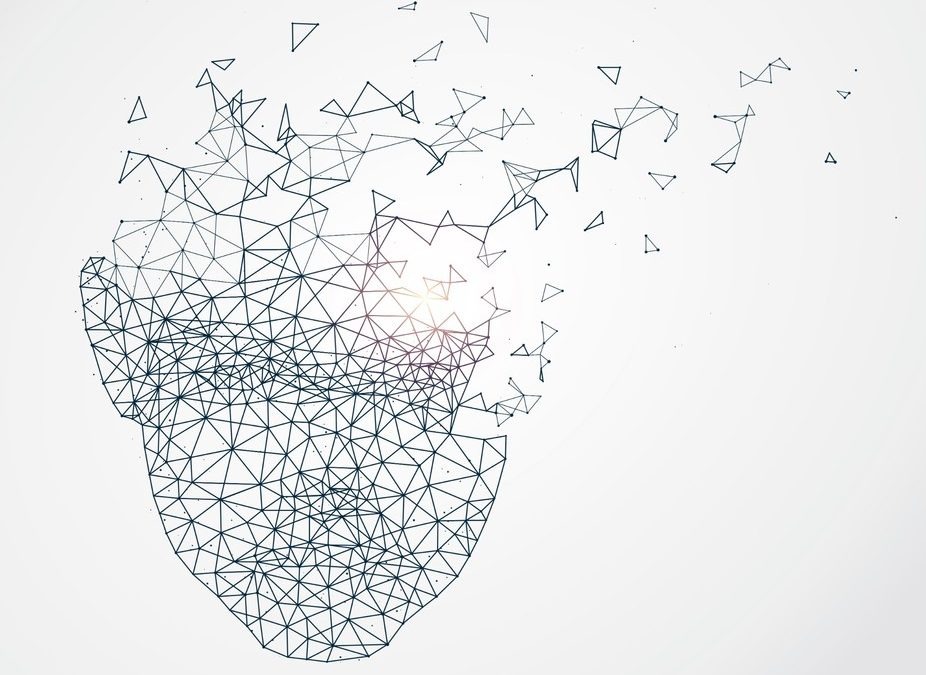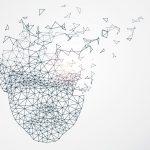Many outsiders look at healthcare and see an outdated industry with old technology. They wonder how a business with so many processes could have so little artificial intelligence (AI) driving it. After all, we can fly airplanes on autopilot, manage warehouses with robotics, win chess against grandmasters, and find what we’re looking for almost before we even ask. If only we could just bring in advanced technology into this lagging industry, we could drive massive disruption, unleash innovation and dramatically improve healthcare. So goes the logic. But it’s not true. Not even close.
Current applications of AI and machine learning (ML) in healthcare have no real chance to solve the big challenges in the healthcare industry. It’s nothing against them – as tools they are really good at addressing certain types of problems (like transactions and rule-based engines), just not the big ones…yet. And it is not an issue of more computation or more data, the fundamental problem is one of understanding… of meaning.
The problem of meaning is a technical one. AI and ML are excellent at discovering patterns that exist deep in the data. AI and ML are terrible at discovering patterns that exist outside the data – and meaning usually exists outside the data until it has been explicitly put into the AI system by a human operator. From here on, I’ll focus on machine learning instead of artificial intelligence since really what people are deploying in healthcare are ML tools and techniques to get at AI. I’ll also use ML as a shorthand for both the concepts of ML and the tools of ML.
Let’s start with a few examples to make this distinction more clear:
- If the concept of a bird exists (someone took the time to define a bird and provide examples in the data), then ML can find birds pretty easily. But if the concept of a bird (or an animal) was never put in, then ML struggles mightily with discovering that a bird exists and then finding it. Now in this case the sum-of-the-parts closely represents the whole since a bird looks like a bird head with a bird body and bird wings and so on.
- So here’s a harder example for current ML. If we feed in a bunch of data about flocks of birds moving through the air and ask ML to build a model of flocking behavior, it would build a deep neural network model (the deeper it goes the better it’ll likely perform) and the result would be a computationally heavy yet oftentimes fragile or just wrong prediction of flocking behavior. In reality, flocking can be better modeled with three simple principles of separation, alignment and cohesion – something that people had to discover first, and then program into computer models. In this example, understanding and meaning lies well outside the realm of the data, and the sum (flocking behavior) is clearly not equal to its parts (flying birds).
So let’s translate the above into healthcare equivalents. In healthcare, one of the big trends is in creating a holistic (or 360 degree) view of a member. It turns out that is not an easy task for a number of very real and significant reasons. But in short, to carry the analogy forward – ML today does not know what a human is – there is no bird.
Now think about a person and how their health status changes over time in the context of social determinants, genetics, the good (or bad) providers they see, the other stressors in their lives, and so on. Each of these are intensely studied areas in healthcare today, and again, these are hard areas of study for reasons we won’t go into here. But the result is that we do not yet know how these work together to affect a person’s health over time. In our analogy, ML can see where the bird went, but it does not understand why.
When we put together these deficiencies, it should be clear why ML today cannot address the big issues in healthcare:
The fundamental problem is in understanding healthcare, not machine learning
So what can we do? As an industry, we have to get better at translating our understanding of healthcare into concrete knowledge that can be put to work. In broad brush strokes, here’s my view on the current state and progression of ML in healthcare:
To date, ML has been built on knowledge outside the healthcare industry
ML that was developed by technology companies and applied in a range of industries has been brought into healthcare through companies small and large. That means the higher-order meaning and semantics are external to the healthcare industry. Some of these tools are incredibly powerful – like image recognition or natural language processing. But they are not specific to healthcare. That means they do not understand the human biology of disease, how providers form and operate in networks, how claims and clinical data are related to the member-clinician interactions they are based upon, how health insurance works, and more. This lack of understanding is a serious issue for ML to do meaningful work.
We (humans) can advance healthcare ML by injecting knowledge into the system
In order to move ML forward, we have to do what has been done in other industries – we have to evolve ML by introducing higher-order meaning into the system. This is not going to be a passive task where we, healthcare operators, sit back and let technologists drive. This is going to be a very active task where healthcare operators and technologists work side by side and drive an evolution of ML. Today the majority of conversations focus on the poor quality of data and narrowly-focused applications of analytics – those are important nuts and bolts but they do not advance ML in a significant way. We have to go beyond that. In practice, that means it is not just about hiring data scientists, it’s also about growing a special breed of healthcare operator who can advance the understanding of healthcare in a language that computers can act on.
The next generation of healthcare ML should make current healthcare ML insignificant
When you think about it, most ML companies operating in healthcare today should be interchangeable. Why? Because they don’t know much about healthcare. It’s a matter of applying tool A vs tool B. One is not particularly better than the other, they mostly differentiate by focusing on specific areas and building models with lower-order content. These are niche tool companies. The door is open for someone to come along and build a broader ML technology. Once that happens, these companies will become low-value providers and commoditized, unless they too can evolve their ML with deep semantics and meaning in healthcare.
In summary, we have a long way to go to realize the transformation of healthcare through technology. And the burden is on the healthcare industry to expand its mind and reach a deeper understanding of the system we call healthcare. Getting this right will require those in industry to break away from the flock in new directions and articulate deep knowledge that can then be leveraged with ML to improve healthcare. As Nelson Mandela said, “There are times when a leader must move out ahead of the flock, go off in a new direction, confident that he is leading his people the right way.” I’m confident that new directions that recognize the human contributions needed to advance ML in healthcare will be the difficult, yet key step, to move us in the right direction.






